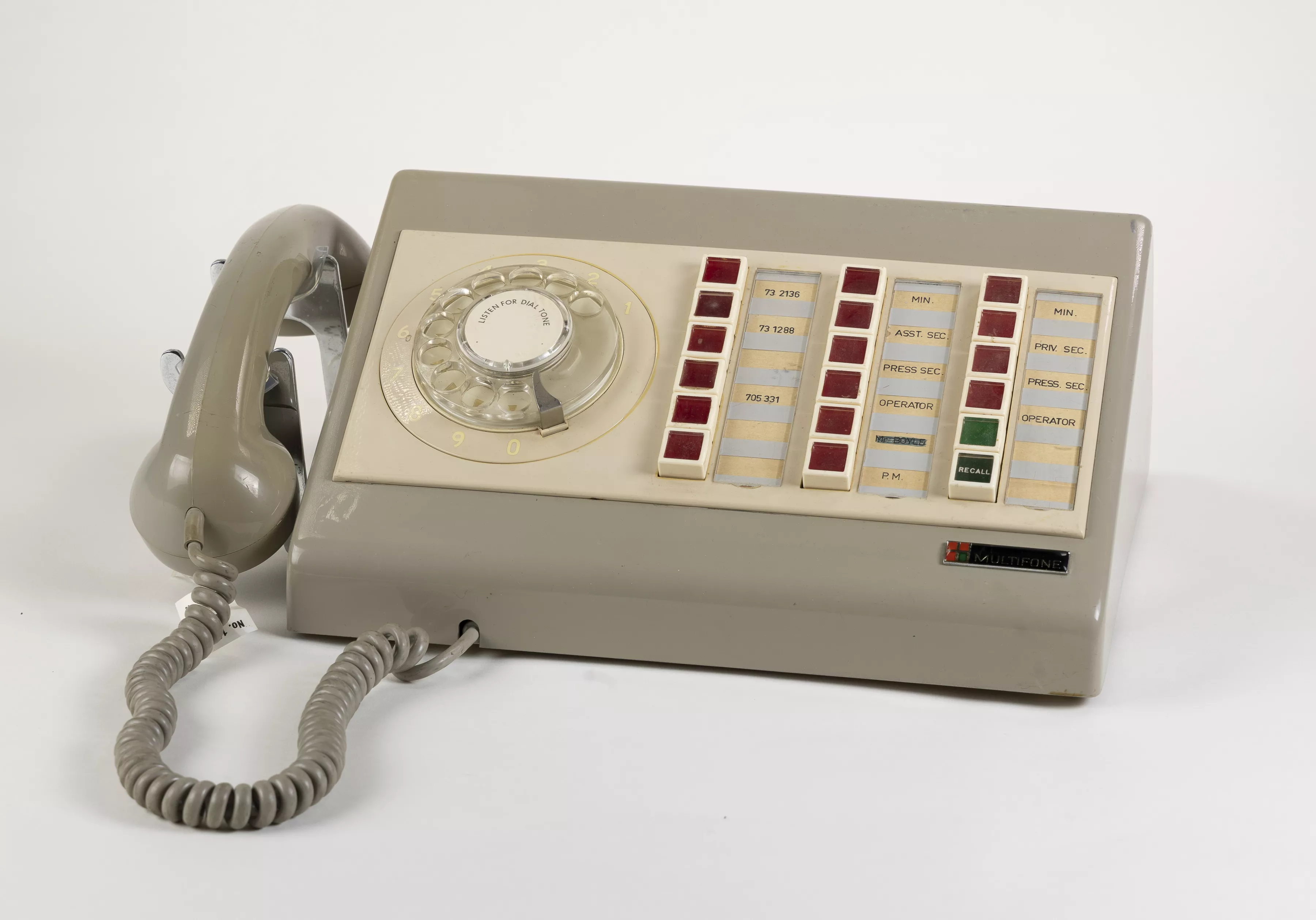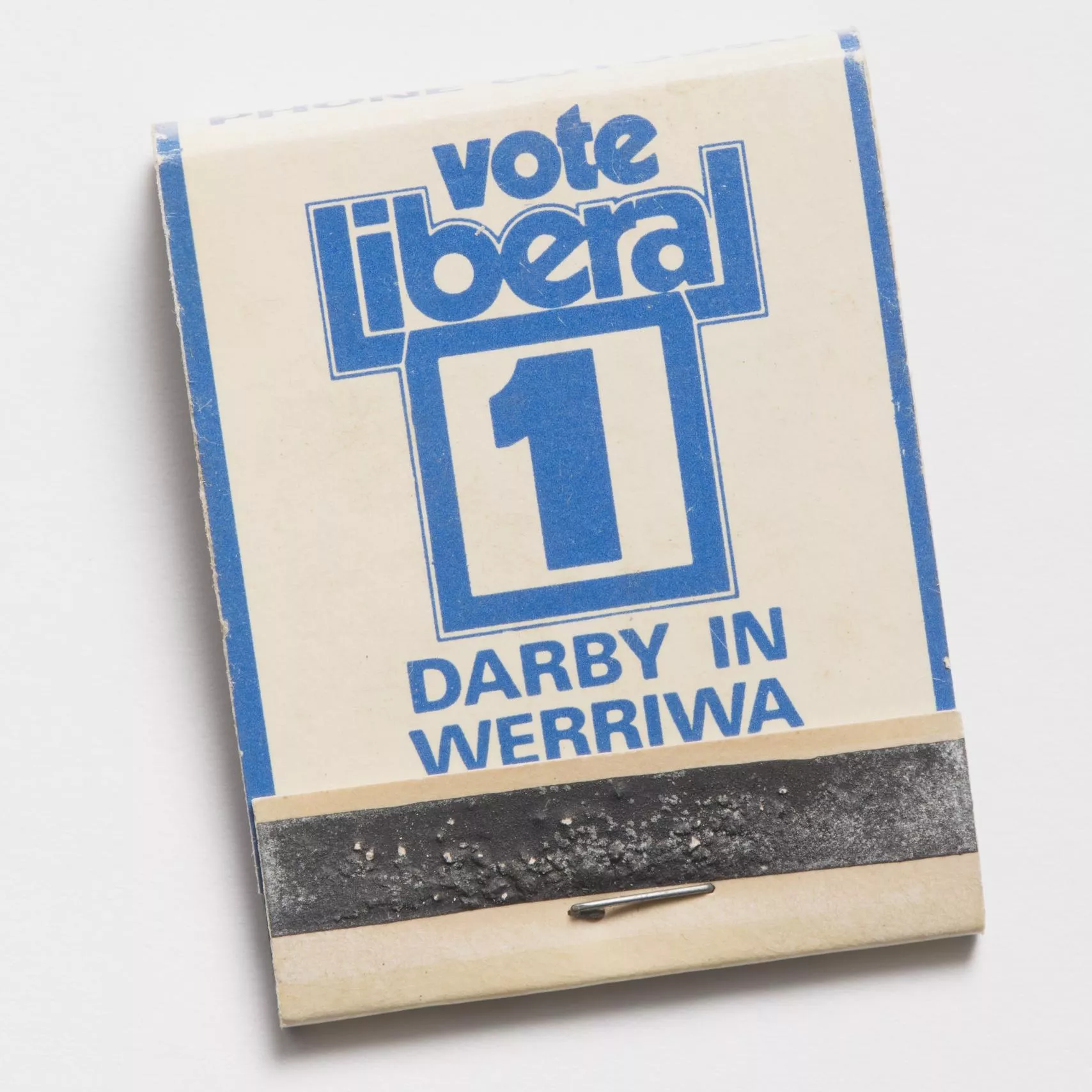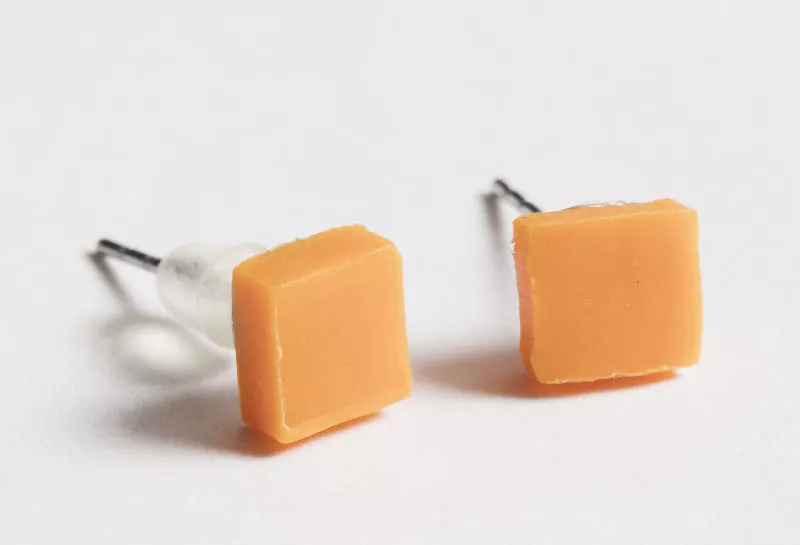Multifone telephone used by William McMahon
Listen for dial tone.
This telephone was used by Australia's 20th prime minister William 'Billy' McMahon from 10 March 1971 to 5 December 1972. Nowadays we wouldn't think much of it, but Billy McMahon was notorious for ringing business leaders, journalists, public servants and staff at all hours for advice and assistance. Imagine what he could have achieved with a mobile.

This telephone was donated to the museum by Neil Baker.
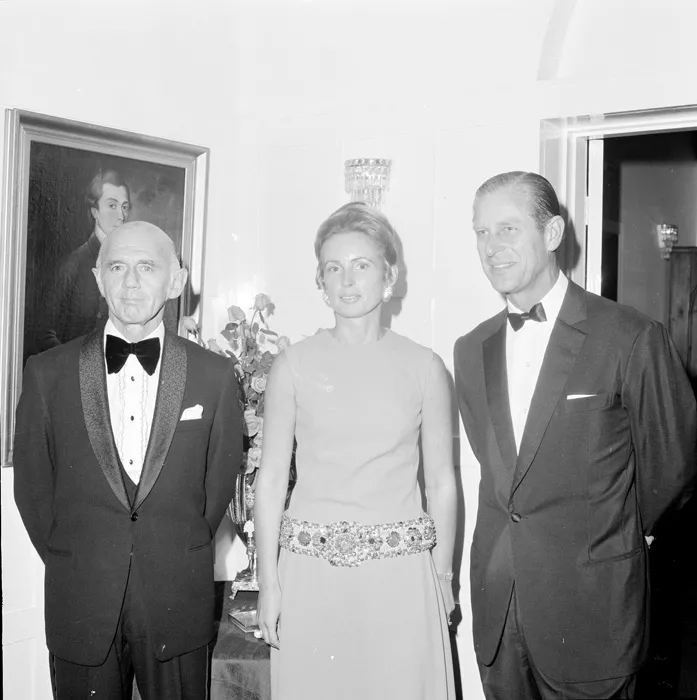
The user of the telephone Prime Minister Billy McMahon, Mrs Sonia McMahon and Prince Philip during the Duke of Edinburgh's tour for the Golden Jubilee celebration for the Royal Australian Air Force, 1971. Photograph Australian News and Information Bureau, National Archives of Australia: A1200, L95905
This Multifone telephone has the rotary dial mechanism and curly-corded handset familiar to telephone users of the 1960s-70s. But it has an added feature – direct dial buttons. Before telephones like this one, telephone numbers had to be manually dialled with the specific string of numbers you required. Multifones had a set of programmable buttons that let the caller press one button and place a call directly to the person they required – an exciting development in telephony.
And when those offices or individuals called you, the buttons would light up so you could see who was on the line. The buttons on McMahon's telephone are linked to specific six-digit telephone numbers in Parliament House including switchboard operators, ministers, assistant secretaries, and press and private secretaries.
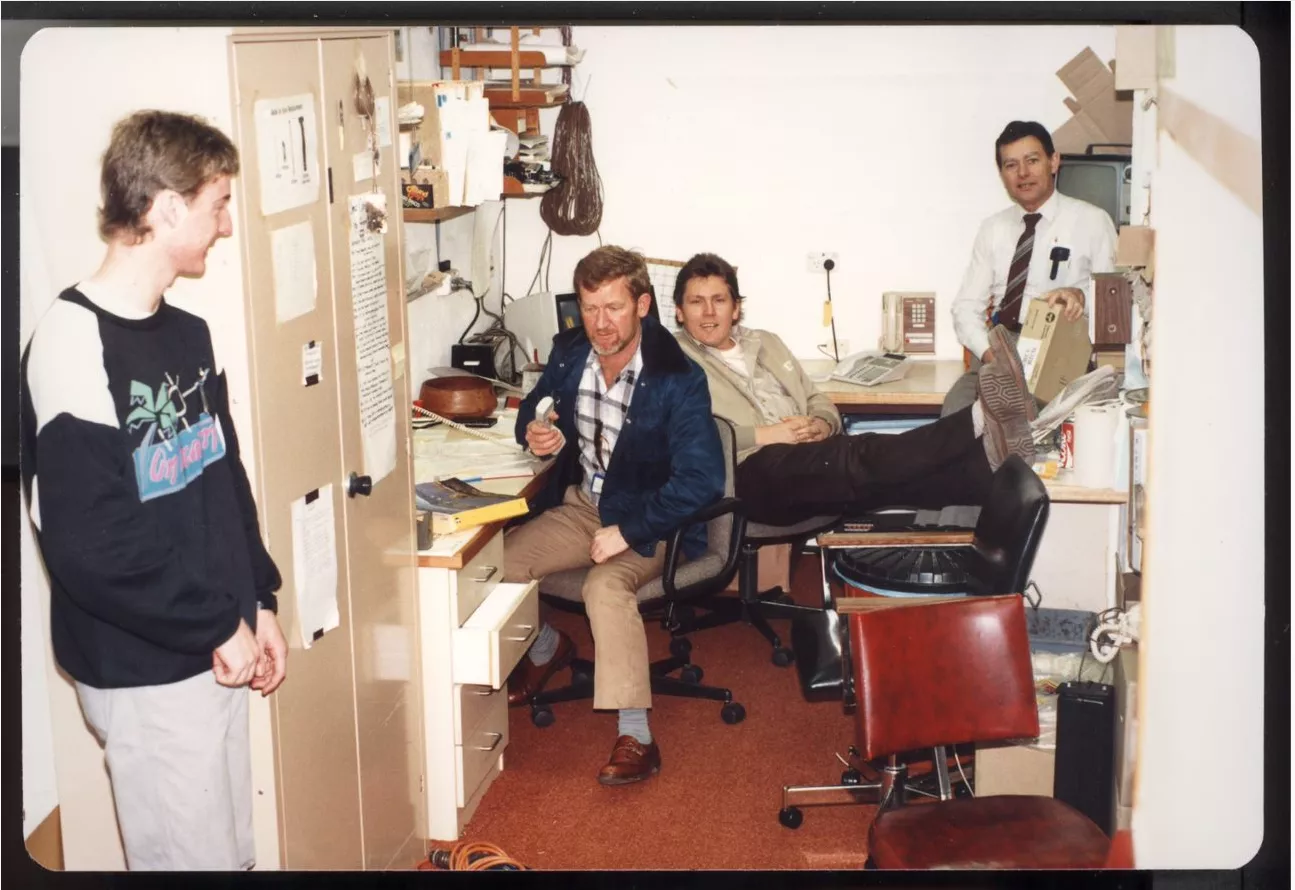
The Telecom employees in their busy office at Old Parliament House in 1987. L to R: Scott Cadden, Neil Baker (the donor of the telephone), Jeff Wilke and Milton Rickerby.
Courtesy Neil Baker/Museum of Australian Democracy Collection
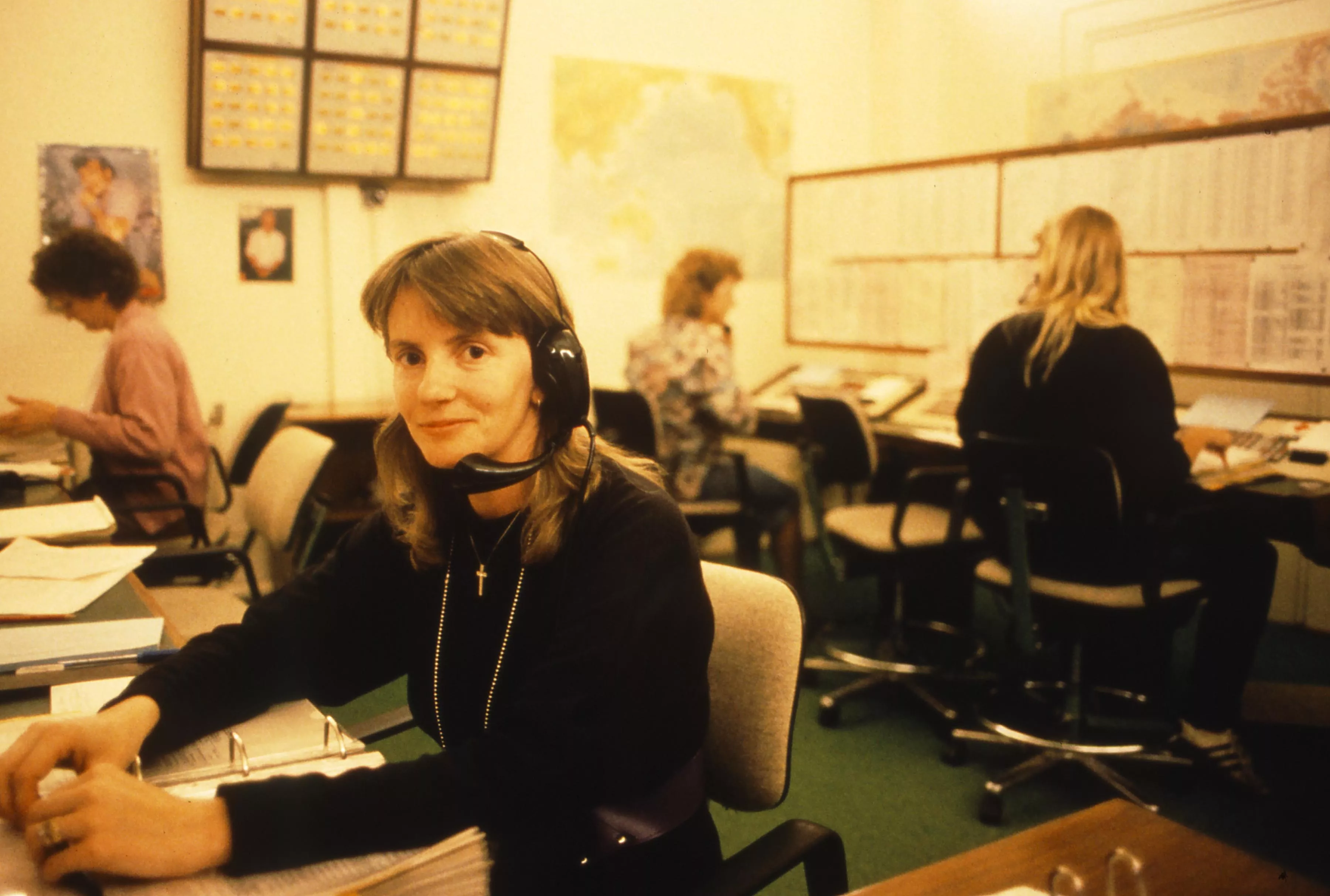
Switchboard operators handled hundreds of local, national and international calls for politicians and staff at Parliament House, 1988.
Photograph by Robert McFarlane, Department of the House of Representatives
What does a switchboard operator do?
A switchboard operator, or telephonist, ensures a telephone call reaches its intended recipient. The role was introduced into Parliament House in 1927. In the earliest years there was only one telephone number for Parliament House, so all incoming calls were directed to an office or person by a switchboard operator physically connecting a cable to connect the call.
Over time it became possible to call a specific number directly. However, switchboard operators were still integral – directing calls for people who didn't know the number of the person they wished to speak to, answering questions, connecting interstate and international calls, taking messages and paging staff and politicians.
To become a switchboard operator, applicants were required to take the Commonwealth Public Service Telephonists Exam, which included spelling, maths, a practical test, and efficiency in operating a switchboard.
Photographs of the switchboard operators' office at Parliament House taken in 1988 show seven switchboard stations that could be used simultaneously.


